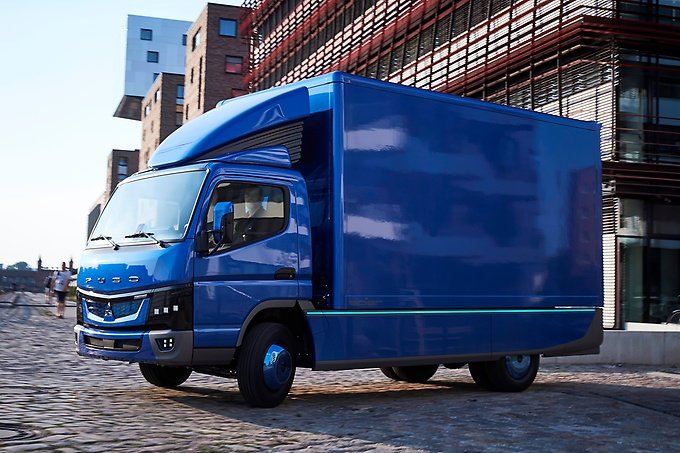by Stanford University
Lower-income communities across the United States have long been much slower to adopt solar power than their affluent neighbors, even when local and federal agencies offer tax breaks and other financial incentives.
But, commercial and industrial rooftops, such as those atop retail buildings and factories, offer a big opportunity to reduce what researchers call the “solar equity gap,” according to a new study, published in Nature Energy and led by researchers at Stanford University.
“The solar equity gap is a serious problem in disadvantaged communities, in part because of income inequalities, but also because residential solar isn’t usually practical for people who don’t own their homes,” said Ram Rajagopal, senior author of the study and associate professor of civil and environmental engineering and of electrical engineering at Stanford. “This new study shows that commercial and industrial properties have the capacity to host solar resources to fill in part of that gap.”
Untapped resources
First, the bad news. The researchers found that non-residential rooftops generate 38% less electricity in disadvantaged communities than in wealthier ones. That gap, which is mainly because of lower deployment in poorer areas, has widened over the past two decades. Nevertheless, this gap is significantly lower than that of residential solar in these neighborhoods.
The good news, the researchers say, is that non-residential buildings have large unused capacity to produce solar power for their own benefit and to supply the communities around them. In low-income communities, commercial enterprises may be more responsive to government incentives for solar power than households are. An earlier study by the same researchers found that residential customers in disadvantaged communities, who may have fewer financial resources and often don’t own their homes, show less response to tax breaks and other financial inducements.
“Using Stanford’s DeepSolar database, we estimated that solar arrays on non-residential buildings could meet more than a fifth of annual residential electricity demand in almost two-thirds of disadvantaged communities,” said Moritz Wussow, the study’s lead author.
“Also, the raw cost of that power would be less in many communities than the residential rates that local electric utilities charge,” said Wussow, who was a visiting student researcher in Rajagopal’s lab group in 2022 and 2023.
To quantify the distribution of non-residential solar power installations, the researchers used satellite images and artificial intelligence to identify the number and size of rooftop solar arrays in 72,739 census tracts across the United States. About one-third of those tracts are deemed disadvantaged by the U.S. government.
The team tracked non-residential solar deployment as well as the amount of unused rooftops that would be good candidates for solar installation from 2006 through 2016 and then again for 2022. They then calculated the average annual cost of producing solar electricity in each area, based on the amount of local sun exposure and other variables. The costs ranged from about 6.4 cents per kilowatt-hour in sun-drenched New Mexico to almost 11 cents in Alaska. But those costs were lower than residential electricity rates in many of those areas—even in many northern states.
Chad Zanocco, a co-author of the new study and a postdoctoral fellow in civil and environmental engineering, noted that getting the power to residential areas would include other costs, such as battery storage and the construction of microgrids.
“We estimate that battery storage would increase total system costs by about 50%, but even that would be practical in almost two-thirds of the disadvantaged communities we studied,” Zanocco said.
Economies of scale
If commercial and industrial solar arrays can feed their surplus electricity into local power grids, the researchers write, lower-income residents could gain access through community subscriptions rather than by building their own rooftop panels. Commercial and industrial sites also offer greater economies of scale, compared to individual household solar panels. Another big advantage is that non-residential power customers could also be highly sensitive to tax incentives and other government inducements, leading to greater adoption.
Further lowering barriers, the researchers noted, is the Inflation Reduction Act of 2022, which has provided billions of dollars for states and local communities for clean-energy infrastructure. That money has already reduced the cost of new microgrids.
“Beyond reducing carbon emissions and slowing climate change, increased access to solar power would offer tangible local benefits to lower-income communities,” said Zhecheng Wang, a co-author and a postdoctoral fellow at Stanford’s Institute for Human-Centered Artificial Intelligence.
“This would promote local clean and low-cost energy generation, which would also increase the resilience from outages and reduce the pollution caused by fossil fuel power plants—many of which are located in low-income areas.”
More information: Exploring the potential of non-residential solar to tackle energy injustice, Nature Energy (2024). DOI: 10.1038/s41560-024-01485-y. www.nature.com/articles/s41560-024-01485-y
Journal information: Nature Energy
Provided by Stanford University






